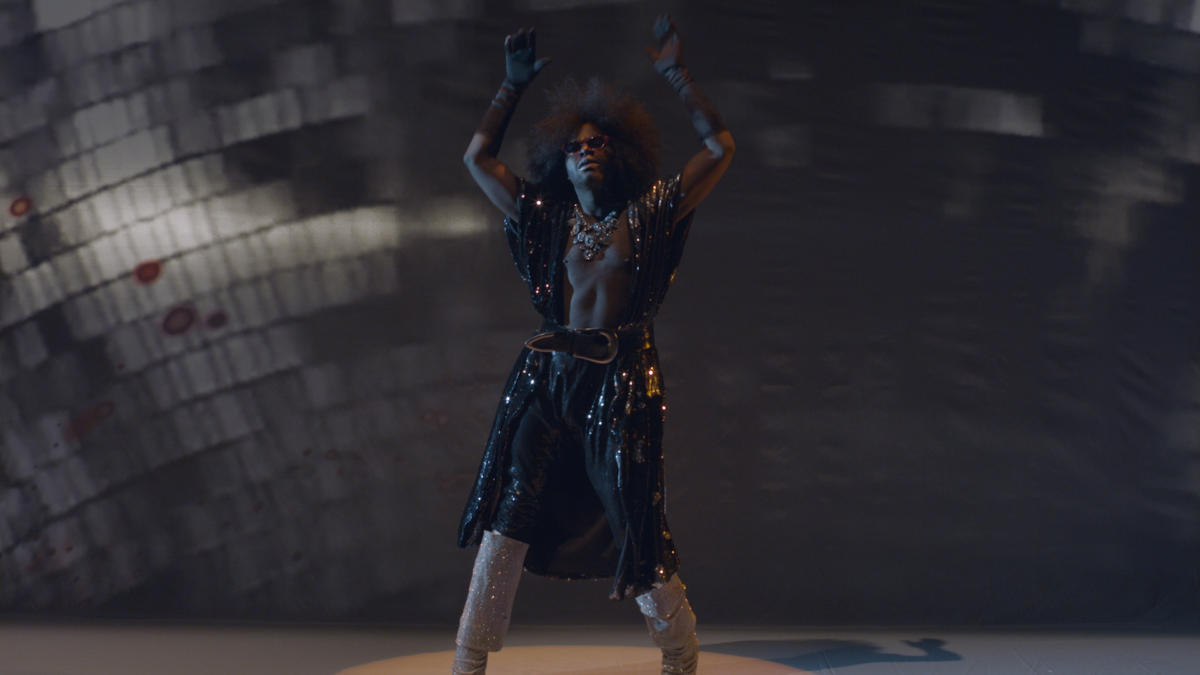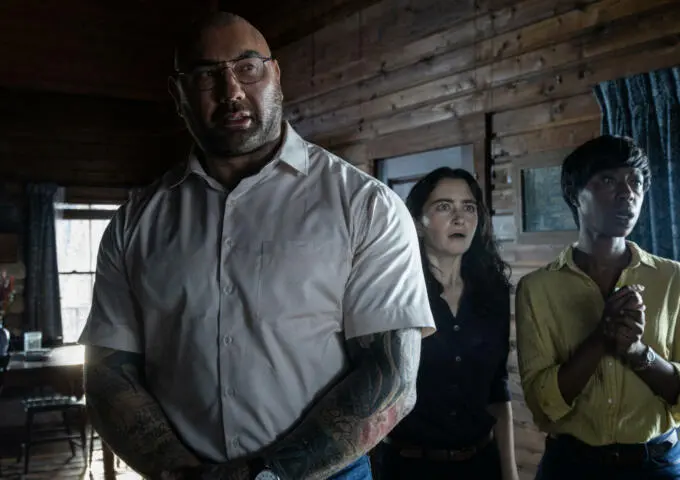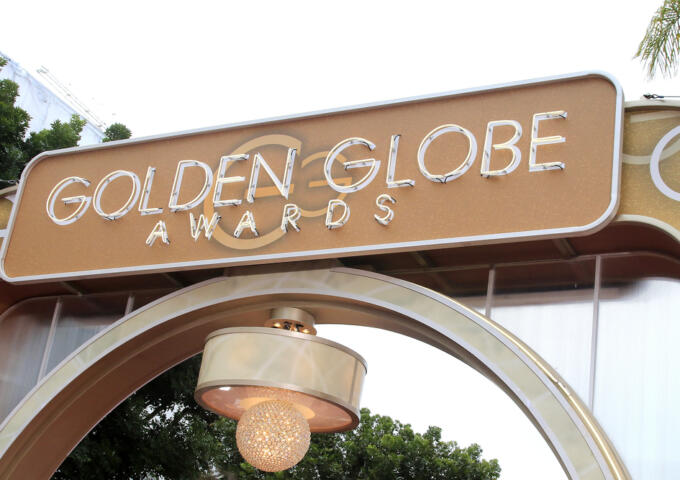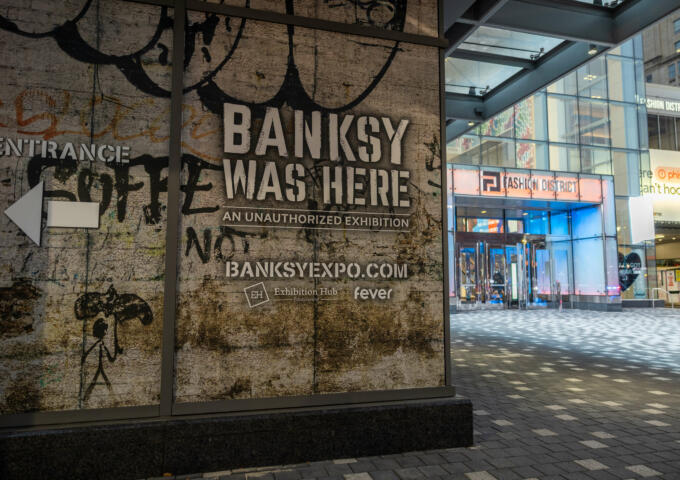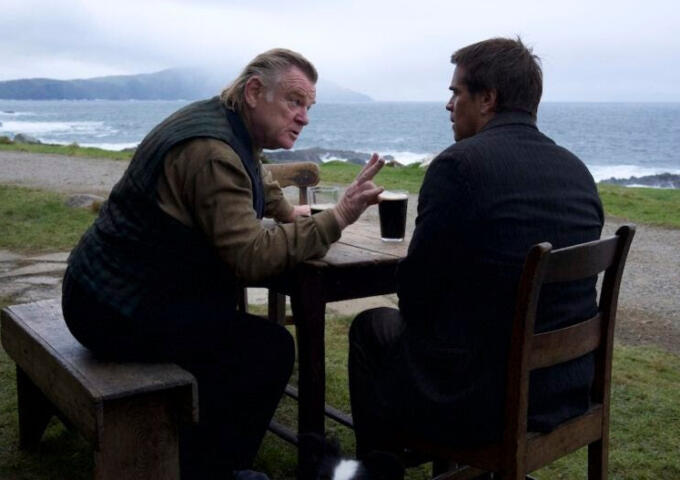In the midst of a pandemic, Philadelphia’s longest-running performing arts festival has been forced to adapt to a world without auditoriums, stages, and crowds.
The Philadelphia Fringe Arts Festival puts on a citywide festival each September that features hundreds of shows both curated and independent. Some pieces are online, others will perform in the streets, but nearly every artist had to adapt to the world of COVID. In a time where the stakes are so high, where does art fit into a society in peril?
The “value” of the arts in American society has long been talked down by those who view the arts as pretentious and unnecessary. Philadelphia’s art scene is anything but. The Fringe Festival is an annual tradition that has been making quality contemporary art accessible to Philly since 1997. Fringe has set the tone for the city’s overall artistic voice throughout the decades and has grown beyond the scope of its yearly festival of oddities and expression.
Artistic expression is an exercise in vulnerability. Every artist takes the risk of sharing their creation with the world unbeknownst to how an audience may feel. The audience itself is vulnerable to whatever message or series of messages an artist may throw at them. That cross-section of vulnerability allows for both the audience and the artist to have gained something from the overall artistic experience.
Popular American culture rejects vulnerability and embraces the pursuit of perfection, whereas the Fringe asks you to share in a space and time to develop your own interpretations. It takes a tremendous amount of vulnerability to pursue the arts, but few forms of artistic expression are less understood than clowning.
“I feel devoted to the role of the clown at this moment” explained Alexandra Tatarsky, a professional artist, writer, and clown presenting in the Fringe. “Art is an opportunity to break open space for feelings to come forward.”
The art-form of clowning dates back to the 17th century, but has been villainized in modern popular culture.
“I’ve made things that people love and hate, at first it used to get me down until I became interested in that intensity,” Tatarsky said.
Tatarsky acknowledged that America’s general disdain for clowns is always on her mind. “What is going on with this figure that embraces ambiguity, disorder, failing, and falling down that folks have such an adverse reaction to?
“You just log into your own computer and meet someone else, and we’ll guide you through movement explorations, conversational interactions, and by the end of it, the two of you have gone through a journey together,”
– Nichole Canuso, producer of the Fringe production entitled, Being With/Home
“The American psyche has a hard time with in-between zones. We see that so much in popular discourse right now, the desire to pick identities and to label people. The clown destabilizes all of that, there is no clear good and bad, we all share in similar foibles,” she continued.
Theatrical clowning, interpretive dance and most contemporary pieces of art exist in a state of ambiguity. A viewer interacts with a piece and then finds meaning through the art, rather than having a definitive narrative explained to them. Compare the nature of Tatarsky’s clowning to the discourse surrounding the most popular clown in America, “the Joker.”
Op-eds were penned and headlines ran warning about the “twisted message” of the Joaquin Phoenix Joker film because the messages of popular art are often obvious to everyone.
Tatarsky on the other hand is “interested in the discomfort” of her audience and seeks to challenge and entertain rather than to explain.
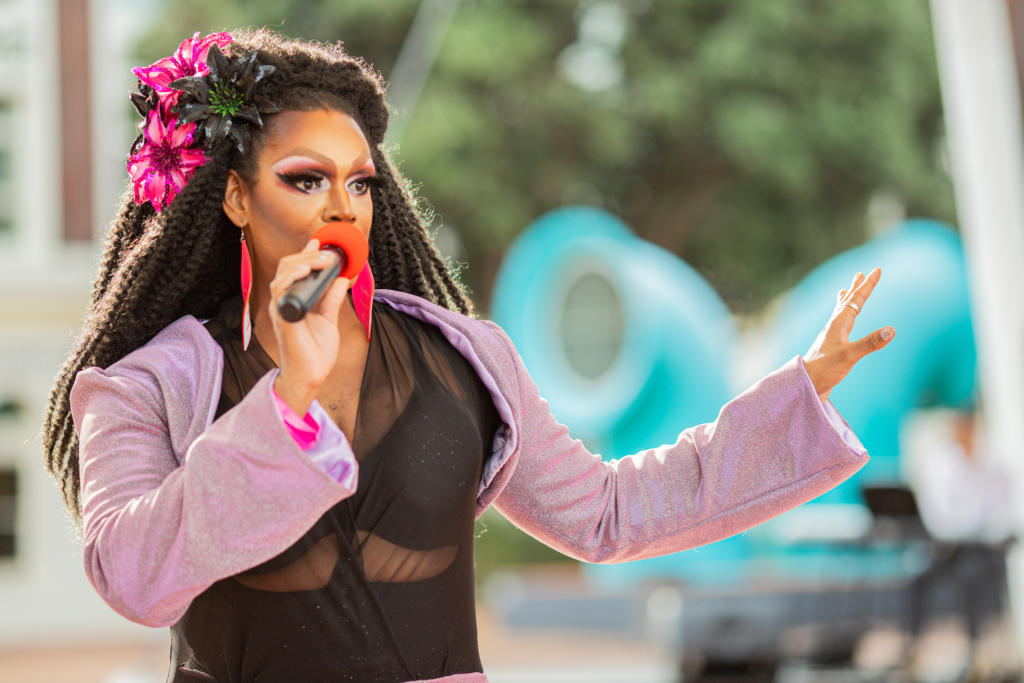
Coronavirus forced all of the Fringe artists to adapt their works to a pandemic-proof format. For many, that means Zoom conferences. To Tatarsky, it means rehearsing the piece she intended to premiere on stage in a Center City storefront on a loop for two weeks. Nichole Canuso, a choreographer and namesake of the Nichole Canuso Dance Company, is challenging the nature of what a performance is in her online installment of “Being/With: Home.”
Pre-COVID, “Being/With” was a guided dance performed on-stage in two different physical locations by random audience members. These guided dances are combined and projected live in both places in real time as the performers dance together in completely different spaces. To adapt to an online format, Canuso developed an online space for audience members to be paired up from the comfort of their homes to participate in a guided dance.
“You just log into your own computer and meet someone else, and we’ll guide you through movement explorations, conversational interactions, and by the end of it, the two of you have gone through a journey together,” says Canuso. What was once a very public experiment in expression has been transformed into a much more private and personalized experience.
Canuso’s piece challenges the fundamental idea of what a performance is or what a performer is. The online “Being/With” experience calls upon the audience not only to be vulnerable enough to engage with the art, but to become a part of the art and to perform to an audience of one in your partner.
Moving the Fringe Festival online surely brings up questions about the merit of online performances. As studios and performance spaces shut down, we’ve seen the growth of online live performances surpass its previous benchmarks, millions of people are tuning into Verzuz battles between R&B stars, and every television show looks like a YouTube series. Beyond that, there is the passive everyday performance by the general public online that is widely ignored.
In the 21st century, everyone is a performer, whether you’re the business version of yourself on LinkedIn, the glamorous Instagram version of you, or the cookie-cutter Facebook version of who you are. What is the value of performance when everything is a performance?
“What is a performance? Why should we be participating? The question of why follows the question of what, because we don’t have a precedent for sharing online in this way. The inherent performance that happens online both presents a mirror of how we live our lives, as well as some other type of possibility,” poet Kyle Dacuyan pondered.
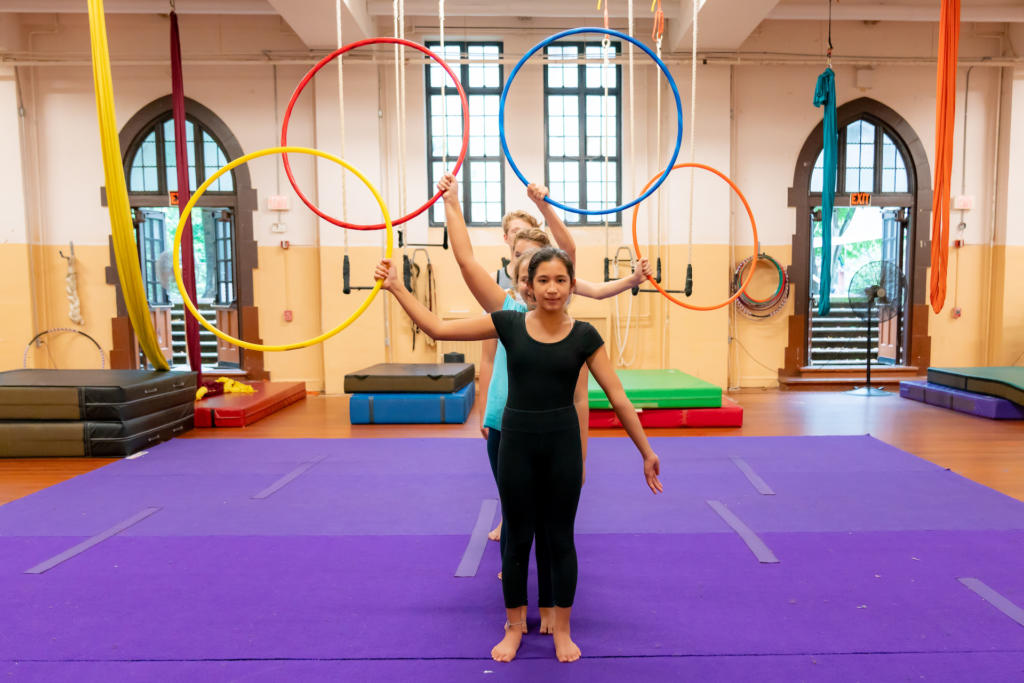
Dacuyan and a coalition of artists have developed a multimedia “live program featuring poems, meditations, and movement oriented around pleasure, flux, and connection.” The piece, titled “Legal Tender,” “is a three-part online experience, contextualizing the original work from before the pandemic hit focusing on how our sense of the world is shaped intensely by the media we’re consuming online.”
The relationship between context and art is one of the most challenging facets of the creative process. The message of any given painting, dance, film, or sentence is dictated not solely by the artist but by the context of the viewer’s reality. Online life has created a boundless assortment of possible realities.
The internet holds no distinction between high art, contemporary art, and popular art; everything is simply content in the online ether. Tik Tok dances, million-dollar music videos, and ballet all share the same spaces.
“The more dance the better,” says Canuso. “Dancing is a very live artform, but it translates really well to the stream. Live stream video and dancing for the camera have grown along with the field.” Tik Tok is a gateway to contemporary dance, rap music is a gateway to poetry, and no art form is any more or less valid than the other.
Modern, post-modern or popular art bring different perspectives and nuances to the table. Art philosophy often boils down to the debate of “either everything is art or nothing is art.” Accepting the argument that everything is art creates a critical view of the world around you, making you curious to the details of the world. Thinking the latter leads a society much like America today, passively accepting whatever shows up on your phone and watching whatever Netflix suggests to you.
I’ve made things that people love and hate. At first, it used to get me down until I became interested in that intensity.”
Fringe performer Alexandra Tatarsky
Fringe Arts provides an alternative to the monotony of everyday life. The Fringe Festival is a welcoming arena for creatives and non-creatives to step into and experience something new outside of themselves.
The reality of life is often harsh and complex, but popular culture mirrored back to us is extremely sanitized and removed from that reality. While there are riots on the news, the next channel is airing “Celebrity Board Game Night.” In between Instagram posts about George Floyd sit Tik Toks of teens hitting the “Woah.” Contemporary art provides a necessary antidote to the barrage of messaging that is constantly at the tips of your fingers.
